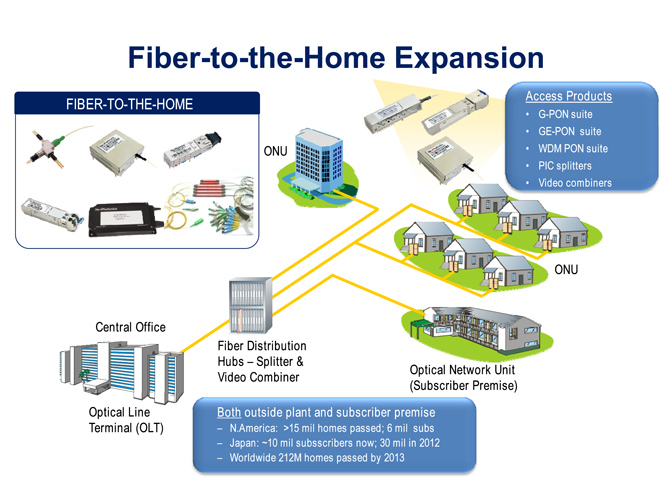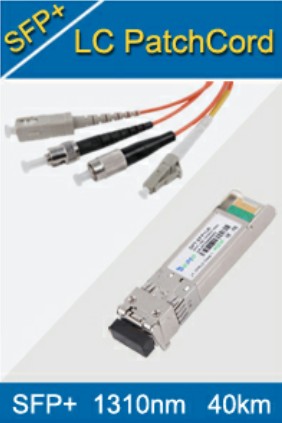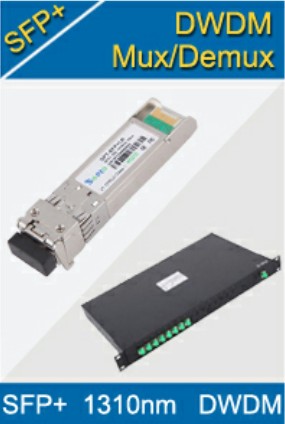Module Knowledge
- Tips for Buying 10G XFP Transceivers
- XFP Transceivers for Telecommunications
- Three Types of Ethernet SFP Transceiver Modules Introduction
- Info about High Density CXP Optical Module
- Multipurpose CFP Optical Modules
- Info about CFP Management Interface
- SFP+ Transceivers Short Range Module Overview
- 3 Reasons Every Network Needs GLC-LH-SM Transceiver
- Is the GLC-SX-MM Transceiver Right for Your Switch?
SOPTO Special Topic
Certificate



Guarantee
Except products belongs to Bargain Shop section, all products are warranted by SOPTO only to purchasers for resale or for use in business or original equipment manufacturer, against defects in workmanship or materials under normal use (consumables, normal tear and wear excluded) for one year after date of purchase from SOPTO, unless otherwise stated...
Return Policies
Applications
 Fiber Optic Transceiver Modules can be applied to these occasions or fields.
Fiber Optic Transceiver Modules can be applied to these occasions or fields.
Ethernet
IPTV
FTTX
Security
Video Monitor
SDH/SONET
Data Communication
Storage Area Networks
SOPTO Products
- Fiber Optic Transceiver Module
- High Speed Cable
- Fiber Optical Cable
- Fiber Optical Patch Cords
- Splitter CWDM DWDM
- PON Solution
- FTTH Box ODF Closure
- PCI-E Network Card
- Network Cables
- Fiber Optical Adapter
- Fiber Optical Attenuator
- Fiber Media Converter
- PDH Multiplexers
- Protocol Converter
- Digital Video Multiplexer
- Fiber Optical Tools
- Compatible
Performance Feature
Recommended


- Optical Module Compatibility verification
The compatibility of the fiber optic transceiver module is very important because it may causes your device fault. In some cases, due to environmental parameters beyond the data sheet or standard, it will cause the module performance degradation, thereby
- What is DOM support
Digital optical monitoring (DOM) is a feature which allows you to monitor many parameters of the transceiver module in real-time.
- What is an RJ-45 Connector
This is extensively used to refer to modular connectors with Ethernet-type wiring pin outs, these take the form of 8 position 8 contact, and so are more accurately known as 8P8C connectors. In relation to transceiver modules this type of connector is most
- Three Points to Know the SFP Module
From the principle, composition and the division to know the SFP module
- What is DDM/DOM for fiber optic transceiver?
DDM is Digital-diagnostic-monitoring (this feature is also known as digital optical monitoring (DOM)) which provides a user with critical information concerning the status of the transmitted and received signals. This approach allows for better fault isol
- Optical Module-What is Clock and Date Recovery?
Some digital data streams, especially high-speed serial data streams (such as the raw stream of data from the magnetic head of a disk drive) are sent without an accompanying clock signal. The receiver generates a clock from an approximate frequency refere
- How do Fiber optic transceivers work?
Fiber optic transceivers include both a transmitter and a receiver in the same component.
- Optical Module-BER and BERT
In telecommunication transmission, the bit error rate (BER) is the percentage of bits that have errors relative to the total number of bits received in a transmission, usually expressed as ten to a negative power.
- Optical Module-Calculate a Power Budget
How to calculate power budget? You can make a rough estimate of a link power budget. For this, you must allow 0.75 dB for each fiber-to-fiber connection, and assume that fiber loss is proportional with length in the fiber.
- What Wavelength Goes With a Color
Our eyes are sensitive to light which lies in a very small region of the electromagnetic spectrum labeled "visible light". This "visible light" corresponds to a wavelength range of 400 - 700 nanometers (nm) and a color range of violet
- Optical transceiver chip
An optical transceiver chip is an integrated circuit (IC) that transmits and receives data using optical fiber rather than electrical wire. Optical fiber, also called fiber optic, refers to the technology associated with the transfer of information in lig
- Optical Module-Insertion Loss
Insertion loss for a connector or splice is the difference in power that you see when you insert the device into the system.
- How to buy fiber optic transceiver modules for your switches
A fiber-optic transceiver is a accessory acclimated to forward and accept optical information. There are a amount of altered apparatus on one of these devices, including a ablaze antecedent and an electrical component. The transceiver has two ends, one th
- Fiber optic transmission systems datalinks
Fiber optic transmission systems (datalinks) all work similar to the diagram shown above. They consist of a transmitter on one end of a fiber and a receiver on the other end. Most systems operate by transmitting in one direction on one fiber and in the re
- Detectors for Fiber Optic Receivers
Receivers use semiconductor detectors (photodiodes or photodetectors) to convert optical signals to electrical signals. Silicon photodiodes are used for short wavelength links (650 for POF and 850 for glass MM fiber). Long wavelength systems usually use I
- Optical Module-Simplex Communication
Simply speaking, simplex communication refers to communication that occurs in one direction only.
- Optical Module-Optical Loss
In order to measure optical loss, you can use two units, namely, dBm and dB. While dBm is the actual power level represented in milliwatts, dB (decibel) is the difference between the powers.
- Optical Module-Full-Duplex Communication
Full-Duplex is like the ordinary two-lane highway. In some cases, where traffic is heavy enough, a railroad will decide to lay a double track to allow trains to pass in both directions.
- Optical Module-Extinction Ratio
In telecommunications, extinction ratio (re) is the ratio of two optical power levels of a digital signal generated by an optical source, e.g., a laser diode.
- Optical Module-Jitter
This page shows you the knowledge of Jitter. A certain amount of jitter will appear at the output port of any network element (NE), even with an entirely jitter-free digital or clock signal applied to the input, effect known as jitter generation...







-180x180.JPG)
